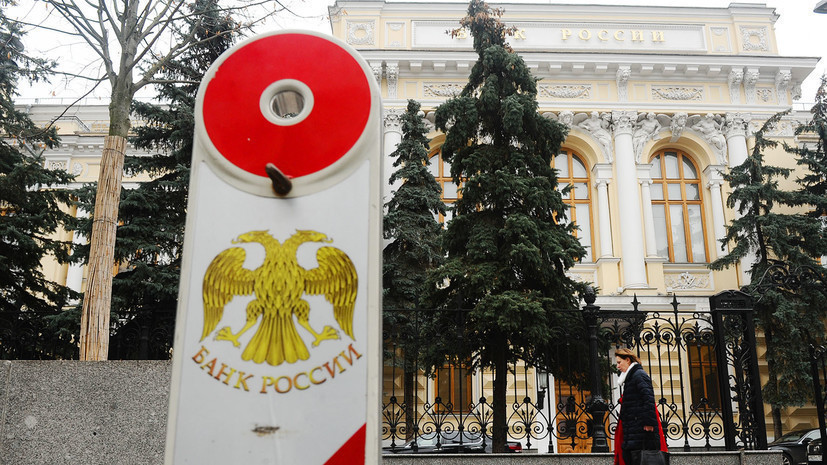
Russia’s central bank has been a big buyer of gold for the past few years, but now comes news that one of the nation’s largest banks has been doing the same. See their motivations for doing so here.
Russia’s portfolio diversification blueprint is well-known. Over the past few years, the country has established itself as the top gold buyer by a significant margin. Its central bank buoyed gold prices and spurred demand on a consistent monthly basis, almost invariably dipping into double-digit tonnage purchases each month.
Heading up to 2018, there were a few other consistent sovereign gold buyers, though none approached the Kremlin’s appetite for the yellow metal. The voracious appetite has allowed Russia to both keep its currency afloat and lessen U.S. dollar dependence, the latter being a key method of avoiding sanctions. 2018 and 2019 were surprise years for many gold market watchers, as numerous countries went on a gold binge and China’s purchases actually overtook that of Russia. Similarly to the case of Russia, China’s spree had much to do with yuan oscillations and a rapid worsening of trade relations with the U.S.
Now, Russia’s central bank has found itself facing a new competitor in terms of bullion purchases, this time from the private sector. VTB Bank PJSC ranks among the nation’s biggest banks and is its second-biggest lender. In line with Russia’s general pro-gold attitude, VTB Bank employs a strategy that revolves heavily around physical gold trading.
It also boasts a gold stockpile that rivals that of many sovereign countries, let alone private institutions. As of October, the bank held a massive gold reserve of 59.5 tons, as well as the status of Russia’s top gold buyer. The second accolade was made possible as most central banks temporarily halted their purchases due to all-time high prices on the back of unparalleled investment demand.
VTB’s focus on gold has done wonders for its bottom line, as its bullion-trading profits so far this year exceed those of the previous three years combined. Among other things, the bank invests heavily into the mining sector, with its co-head of global banking Alex Metherell noting that Russia sports a favorable geographical position with abundant gold reserves.
Two weeks ago, VTB announced that it would launch Russia’s first gold-backed derivative. The expansion into the sphere highlights the bank’s expectations that gold will continue to outperform amid unprecedented global uncertainty after posting what is undoubtedly one of the best years on record. The launch of a gold derivative is certainly timely, as this year’s investment demand for gold has also translated to sky-high institutional holdings.
Commenting on the precious metals sector as a whole, VTB’s First Deputy Chairman Yuri Soloviev also said that platinum and palladium are poised to become big gainers as monetary stimulus is poured into the global economy, tying into expectations that silver is scheduled for a jump on the back of recovery-fueled industrial demand.

